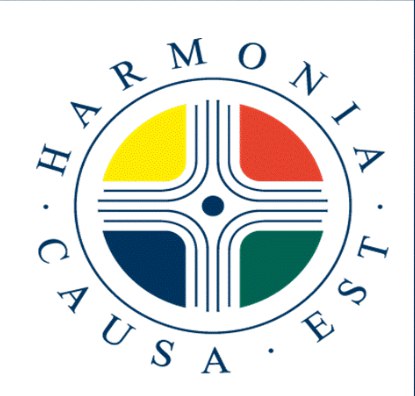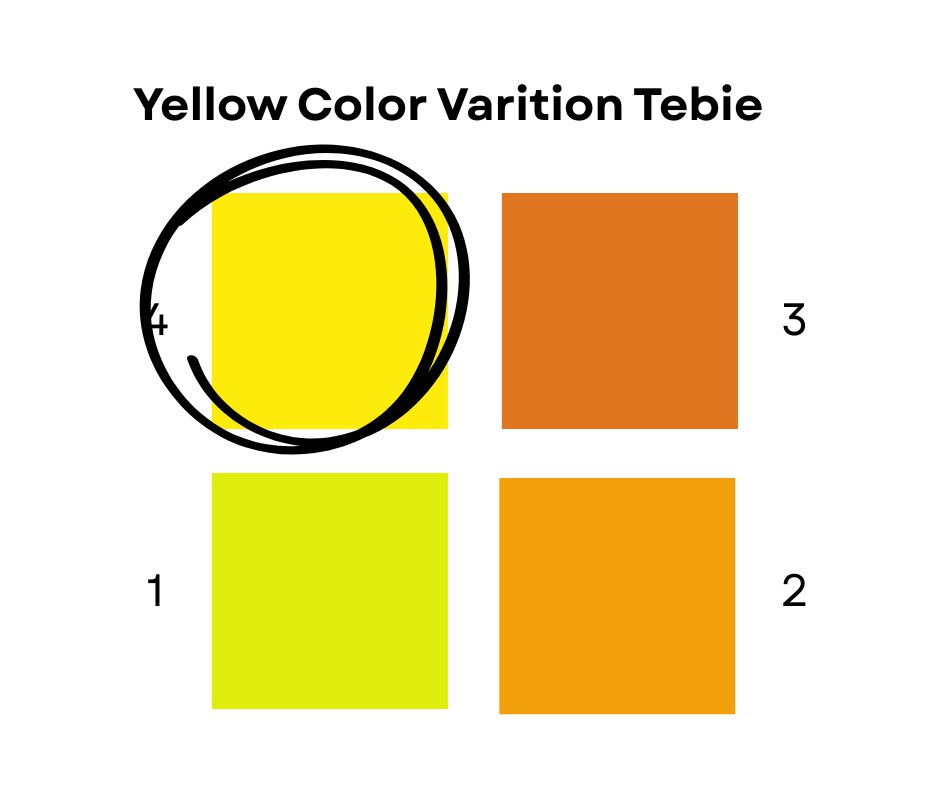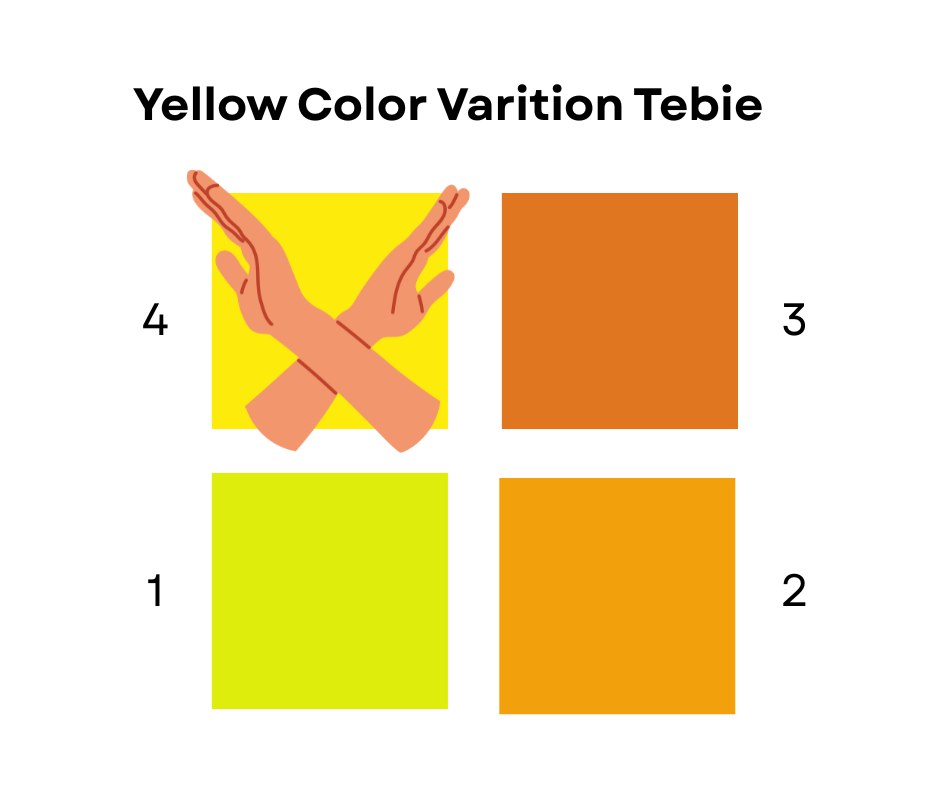
Max Lüscher, the renowned Swiss psychiatrist and psychotherapist, gifted the world a revolutionary tool the Lüscher Color Test. This innovative system delves deep into the human psyche, forging a profound connection between an individual’s color choices and their underlying psychological and emotional state.
For Lüscher, colors were never merely visual preferences. Instead, he eloquently described them as a universal language reflecting the unconscious. The Lüscher Color Test offers a unique window into this hidden world, revealing insights that might otherwise remain unspoken.
In Max Lüscher’s system, yellow stands as one of the primary colors that form the psychological bedrock of his test. Yellow is viewed as a highly potent and stimulating color, conveying a range of essential psychological meanings closely tied to energy, optimism, and expansion. Positive Connotations (When Yellow is Preferred or Chosen Early)
When an individual prefers yellow or places it at the forefront of their color choices, it typically reflects a state of positivity and a desire for growth
Optimism and Positivity Yellow symbolizes hope, positive expectations for the future, and a desire to move towards a better tomorrow.
Expansion and Liberation: It indicates a strong urge to break free from constraints, explore new horizons, and overcome barriers. It can express a search for personal freedom or a need to escape restrictive situations.
Change and Progress: It reflects a readiness for change, flexibility in dealing with new developments, and a search for innovative solutions to problems. It’s a color that expresses the drive to move forward.
Expectations and Vision: It’s associated with the ability to look ahead, plan for the future, and visualize desired goals. It’s a color that reflects vision.
Adventure and Novelty-Seeking It denotes a love for exploration, a desire for new experiences, and a sense of excitement towards the unknown.
Humor and Playfulness: It may also indicate a joyful, fun-loving personality, capable of bringing cheer to those around them.

Negative Connotations (When Yellow is Rejected or Chosen Last) On the other hand, when someone rejects yellow or places it at the end of their choices, it may reveal internal challenges or conflicts related to the aspects this color represents

Disappointment and Frustration: It can reflect a deep sense of disappointment due to unfulfilled expectations, or a feeling of frustration with the course of events.
Stagnation and Fear of Change: It points to resistance to change, fear of the unknown, or a desire to stay in a familiar comfort zone, even if it’s unsatisfactory.
Pessimism or Lack of Future Trust: It indicates a negative outlook on the future, a loss of hope, or an inability to see the brighter side of things.
Dissatisfaction: It may express dissatisfaction with the current situation, a feeling of despair, or a sense that things are not well.
Limitations and Obstacles: It suggests feeling restricted, or a sense that there are obstacles preventing the person from moving forward and achieving their goals.
In the Lüscher Color Test yellow reflects an individual’s level of optimism their desire for expansion and their ability to adapt to change. Preferring it indicates positive energy and a forward-looking vision while rejecting it suggests internal conflicts related to disappointment or resistance to progress.
